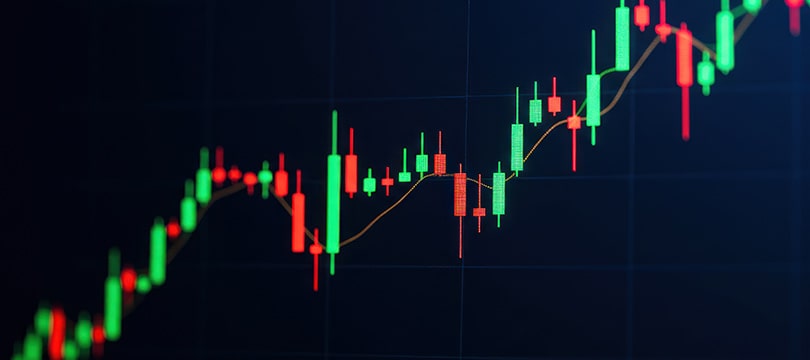In the world of trading, two of the most discussed and utilized tools for risk management are
Stop Loss and Take Profit. These tools are essential for traders who want to protect their capital and maximize profits, but it is crucial to understand the associated risks and how to use them correctly.
What are Stop Loss and Take Profit
Stop Loss is an order set by the trader to
sell a financial asset when it reaches a certain price.
The goal is to limit losses on an open position. For example, if a trader buys a stock at €50 and sets a Stop Loss at €45, the stock will be automatically sold if the price drops to €45, thus limiting the loss.
Take Profit, on the other hand, is the opposite of Stop Loss. It is an order set to close a position
when the asset's price reaches a desired profit level. If the trader in the previous example sets a Take Profit at €60, the stock will be automatically sold when the price reaches that level, securing the gain.
These tools are fundamental for
risk management as they allow for planning the exit from the market in advance, whether in loss or profit, protecting the trader's capital.
The risks of Stop Loss and Take Profit
Despite the benefits, Stop Loss and Take Profit present significant risks if not used correctly. A common problem is
exiting the market too early. For example, let's imagine a trader who buys a stock at €100 and sets a Stop Loss at €90 to limit losses. If the market fluctuates rapidly and the price temporarily drops to €89 before rising to €120, the trader will have suffered a loss despite the overall market movement being in their favor.
Similarly, with Take Profit, if a trader sets a target of €110 on that stock and the stock reaches it quickly, the order is triggered, selling for a modest gain. However, if the stock price subsequently rises to €150,
the trader misses out on a significantly larger profit. These examples highlight how an ill-considered choice of Stop Loss and Take Profit orders can lead to losses or missed gains even in favorable markets.
How to use Stop Loss and Take Profit correctly
To minimize risks and maximize the effectiveness of these tools, traders should:
- Study the market. Understanding market volatility and trends helps set more informed and realistic Stop Loss and Take Profit levels. It's not enough to look at past movements; one must also consider economic events, company announcements, or changes in the sector that could affect stock prices. Analyzing historical charts and patterns can offer insights into potential price reversal points or resistance and support levels.
- Set Stop Loss and Take Profit based on strategy. The levels should be consistent with the overall trading strategy and risk/return objectives. It's important not to set these orders too close to the current price to avoid being stopped out by normal market fluctuations. At the same time, one must avoid positioning them too far away, risking losing too much or earning less than the potential. A balance between protection and profit potential is crucial.
- Use dynamic orders. Trailing Stop Loss orders can protect gains while allowing room for further price increases. These orders automatically adjust to the current stock price, maintaining a set distance below the reached maximum. This allows for maximizing profits during an uptrend while simultaneously protecting against the risk of sudden reversals.
- Periodic review. Markets are dynamic, so it's essential to review and, if necessary, adjust orders based on current market conditions. A good trader doesn't set and forget their Stop Loss and Take Profit orders but monitors and adapts them according to the evolving market and their trading strategies.




